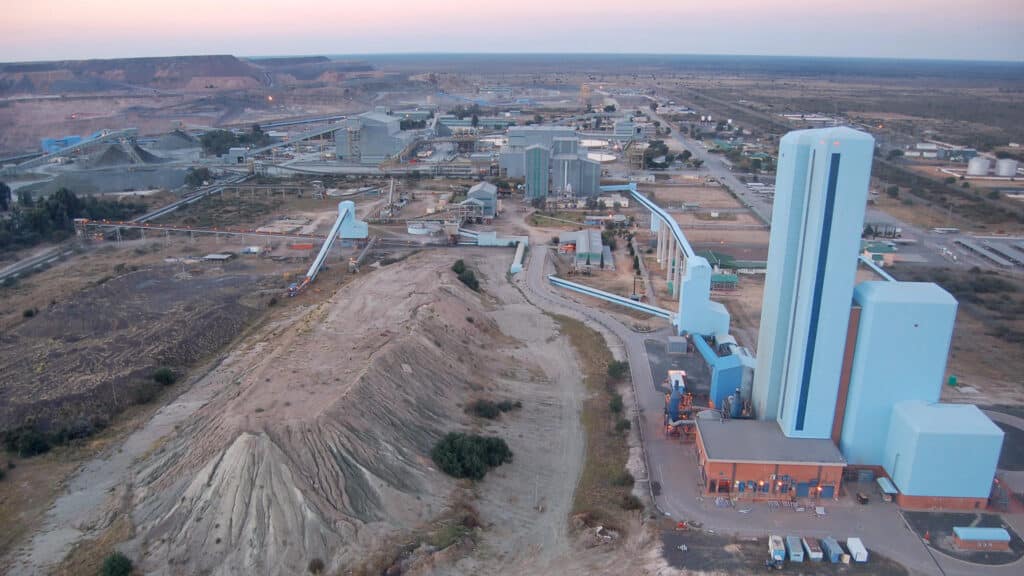
Newsletter Subscribe
Enter your email address below and subscribe to our newsletter

Enter your email address below and subscribe to our newsletter

In a strategic move that marks a significant shift in the global diamond industry, Debswana, Botswana’s leading diamond mining company, has announced a substantial 40% cut in production for 2025.
The reduction, which will see annual output fall to 15 million carats, comes in response to prolonged global demand weakness, mounting market headwinds, and increased competition from lab-grown diamonds.
The decision underscores the persistent downturn in diamond demand, particularly in key markets like the United States and China, which have been grappling with economic uncertainty, inflationary pressures, and changing consumer behavior since 2023.
Lab-grown diamonds, offering a more affordable and environmentally sustainable alternative, continue to chip away at the natural diamond market. As the landscape evolves, even established players like Debswana are being forced to recalibrate production and manage costs more aggressively.
Debswana confirmed that its flagship operations, Jwaneng and Orapa, among the largest and most productive diamond mines globally, will pause production for three months. While no involuntary layoffs are planned, the company is offering a voluntary redundancy package to manage labor costs.
The closures are positioned as part of a broader strategic realignment rather than a retreat, with the company emphasizing its readiness to adjust operations based on market signals.
With diamonds contributing 25% to Botswana’s GDP and about 75% of its foreign exchange earnings, the implications of this cutback are significant. Debswana alone accounts for 90% of the country’s diamond production, making its decisions pivotal to national economic planning.
The government is now expected to revise its economic growth forecast for 2025. While Botswana has made strides in diversifying its economy, with growing investments in tourism, copper mining, and financial services, the diamond sector remains a fiscal cornerstone.
Explore Botswana’s economic profile
According to Bain & Company’s Global Diamond Report, the diamond industry has experienced unprecedented volatility since 2020, marked by cyclical downturns, supply disruptions, and shifting consumer preferences. While long-term fundamentals remain cautiously optimistic, the short-term outlook demands operational flexibility.
Botswana’s situation reflects a broader recalibration across the sector, as producers seek to match supply with a transformed global demand curve. This strategic production cut may influence pricing dynamics, stockpile management, and industry consolidation efforts worldwide.
The coming months will test Botswana’s ability to navigate economic dependency on diamonds while accelerating diversification. For Debswana, the focus remains on safeguarding core assets, retaining critical talent, and maintaining market agility.
As the diamond industry undergoes a period of redefinition, the developments in Botswana will serve as a bellwether for the sector’s adaptation to new economic realities.